Little-known UNESCO monuments in Russia that not everyone knows about
Categories: History
By Pictolic https://pictolic.com/article/little-known-unesco-monuments-in-russia-that-not-everyone-knows-about.htmlThe list of natural and cultural attractions created by UNESCO is a kind of quality mark that tells the traveler that it is worth seeing. We decided to tell you about those Russian objects that have been included in the World Heritage Register. What if you don't know about some of them?
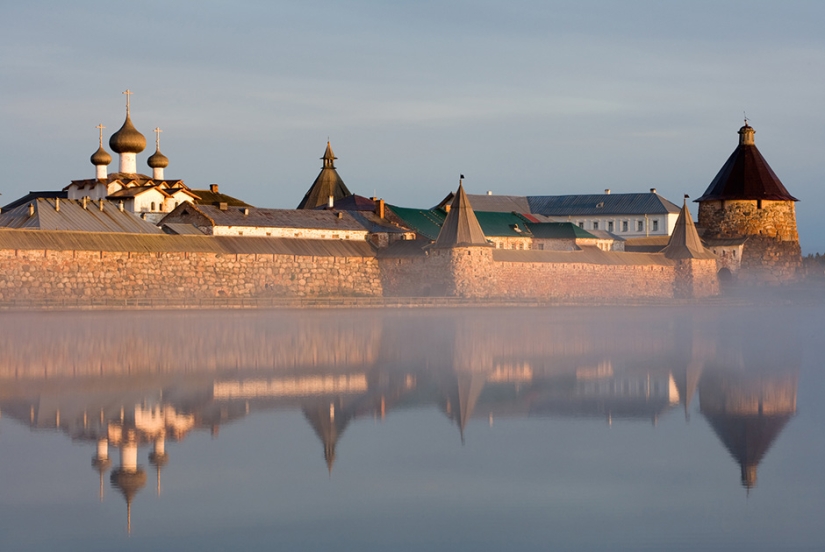
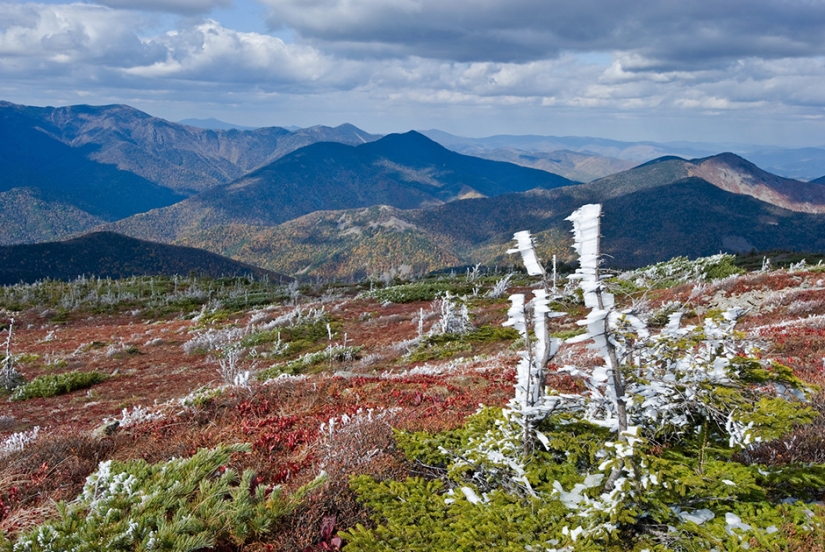
Central Sikhote-Alin
The name Sikhote-Alin, unusual to the Russian ear, is worn by mountains in the Primorsky Territory. It is home to rare animals such as the Himalayan bear and the Amur tiger. The protected area was recognized as the heritage of mankind in 2001.
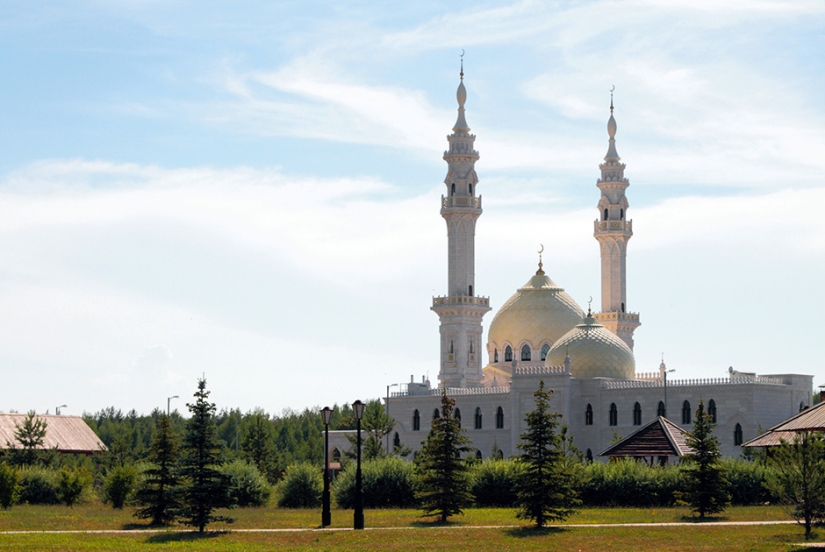
Architectural and historical complex of Bulgars
The ruins of the city founded by the Volga Bulgars (Turkic tribes) have been preserved on the territory of Tatarstan. In 1361, the city was destroyed by the Golden Horde Prince Bulat-Timur — fortunately, not completely. The ancient settlement, which was recognized as a unique monument in 2014, has reached our days.
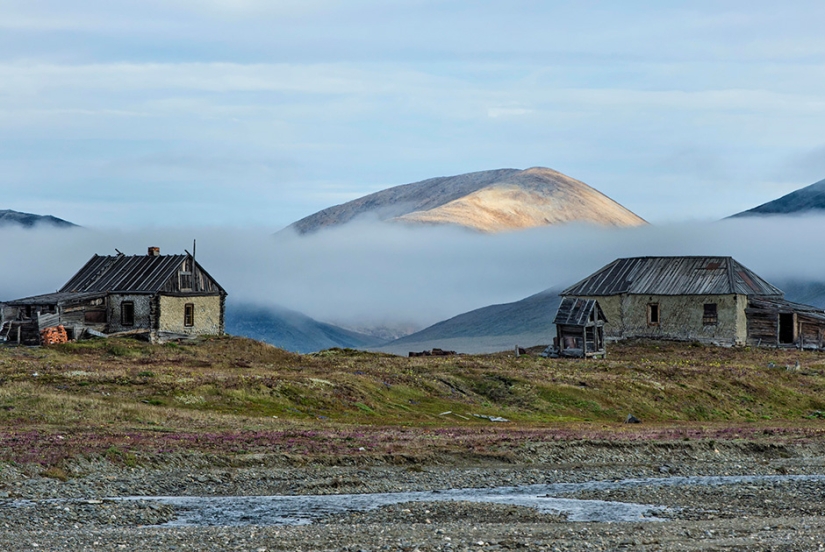
Wrangel Island
Wrangel Island is the northernmost of the UNESCO World List sites. It includes not only the island of the same name, but also the neighboring Herald Island, as well as the adjacent waters of the Chukotka and The East Siberian Seas. The islands are known for their huge walrus rookeries and the highest density of polar bear dens in the world. The reserve was recognized as a heritage of mankind in 2004.
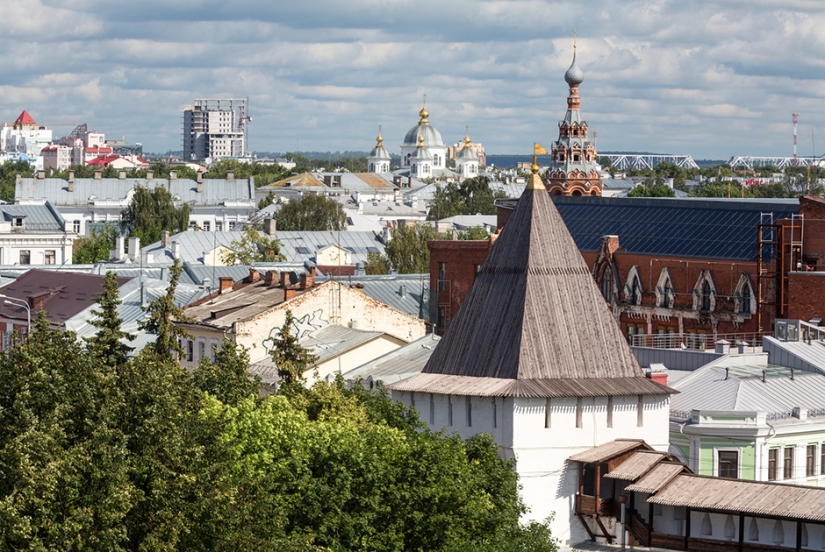
The historical center of Yaroslavl
One of the dominants of Yaroslavl is the complex of the Spassky Monastery, which is often called the Kremlin. Together with other historical buildings of the city, it was included in the World Heritage List in 2005.
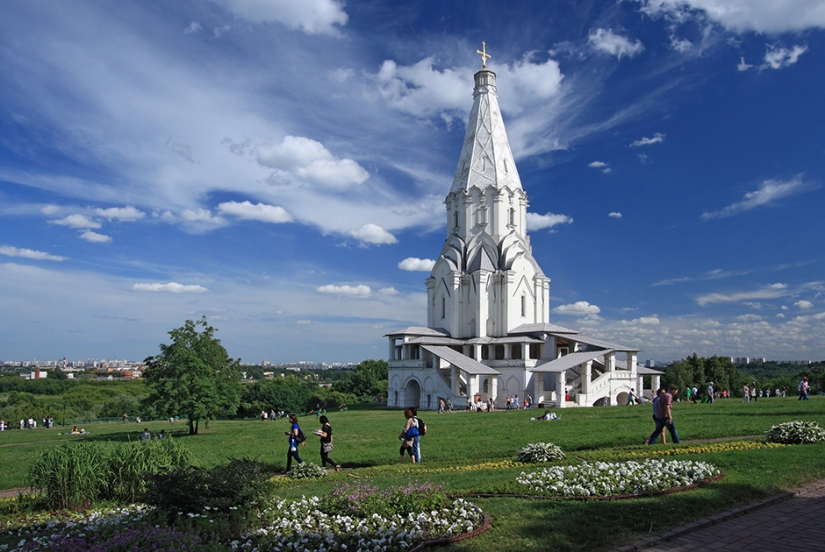
Church of the Ascension in Kolomenskoye
It was built in the tsar's estate in 1532, when Kolomenskoye was not yet the territory of Moscow. The church was recognized as the heritage of mankind in 1994.
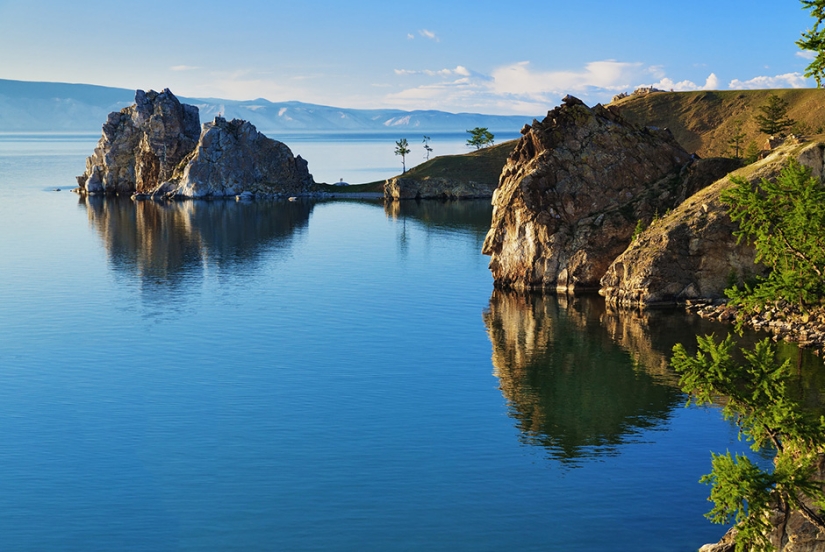
Lake Baikal
Surprisingly, the deepest lake in the world was not recognized as the heritage of mankind among the first natural attractions. UNESCO noted the exclusivity of this reservoir only in 1996.
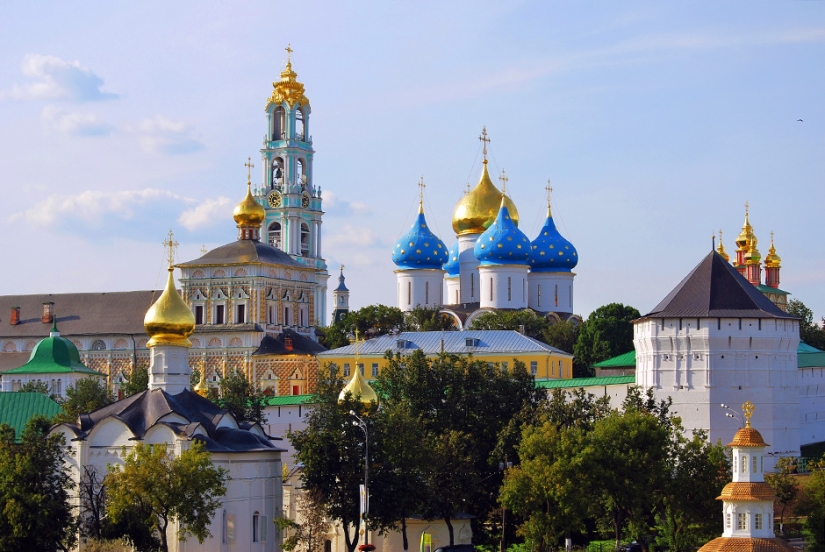
Architectural ensemble of the Trinity-Sergius Lavra
In 1993, the list was replenished with the main attraction of Sergiev Posad. The largest monastery in Russia was founded in 1337, and the lavra acquired its usual appearance by the XVIII century, when most of the buildings available to the public today appeared here.
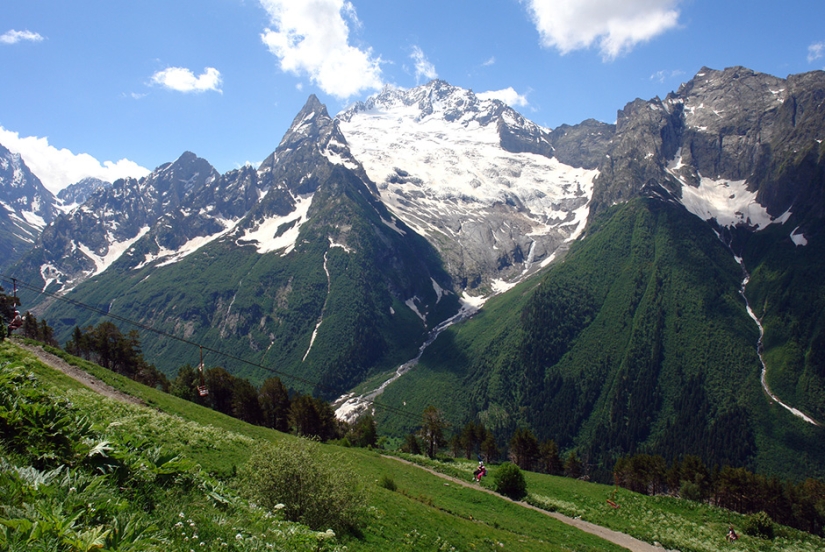
Western Caucasus
The mountains of the Western Caucasus, on the territory of which, for example, the Sochi National Park and the Ritsa Nature Reserve are located, stretches from Anapa to Elbrus. Here you can find both low-mountain terrain and typically Alpine landscapes with numerous glaciers. The mountains were included in the UNESCO list in 1999.
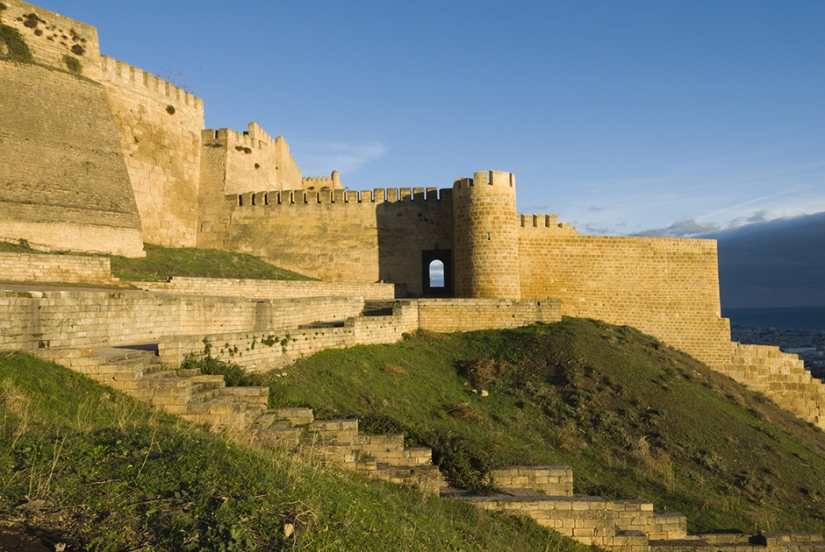
Citadel, old town and fortress buildings of Derbent
Derbent is considered the oldest city in Russia. The first mention of it dates back to the VI century BC, when it was called the Caspian Gate. The citadel and fortifications, dating back 16 centuries, are located here. In 2003, UNESCO recognized them as an exceptional historical monument.
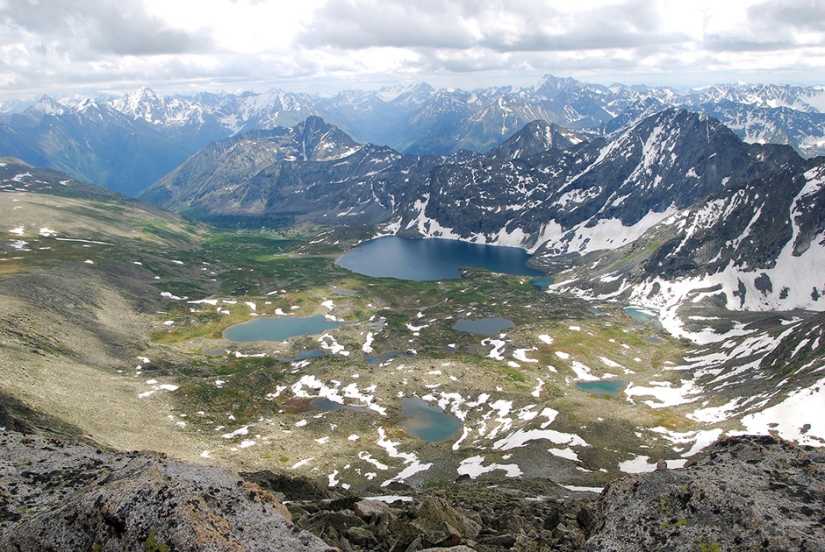
Golden Altai Mountains
It was under this name that three sections of the Altai Mountains were included in the UNESCO list in 1998: Altai and Katunsky nature reserves and Ukok plateau. Despite the status of specially protected areas, there are still frequent cases of poaching.
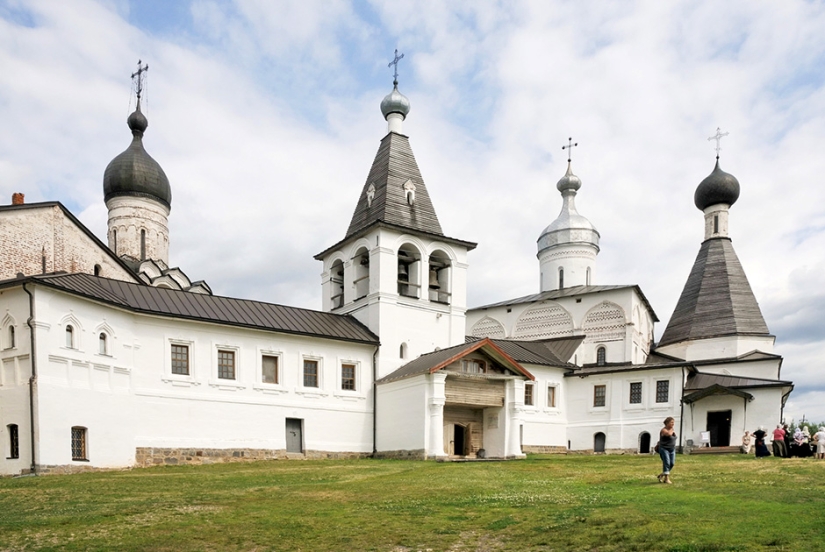
Ferapontov Monastery Ensemble
Ferapontov Monastery in the Vologda region began to be built in the XV century. For centuries it has been the most important cultural and religious center of the Belozersky region. Today, in the buildings of the monastery, which was included in the UNESCO list in 2000, there is a museum and a bishop's compound of the Vologda Metropolis.
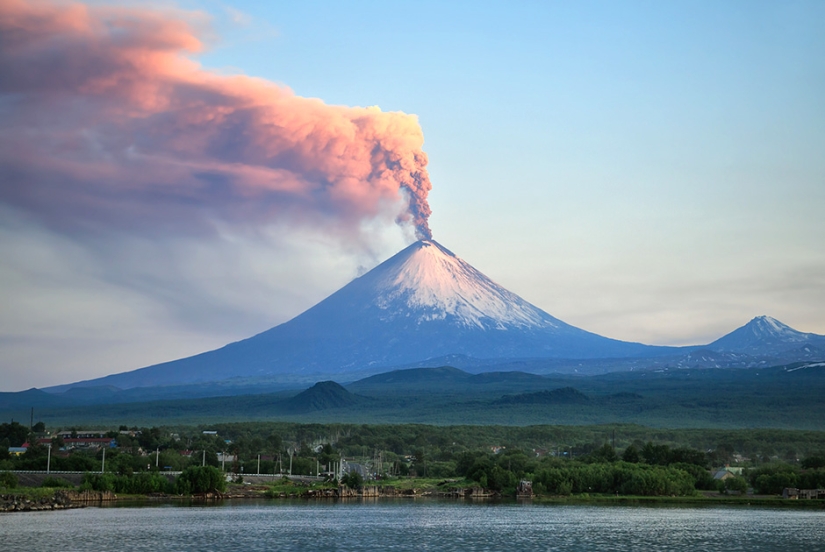
Volcanoes of Kamchatka
In 1996, the Kamchatka volcanoes were recognized as a World Heritage Site, and five years later UNESCO expanded the protected area. A large number of active volcanoes are concentrated here, which makes this area unique even by global standards.
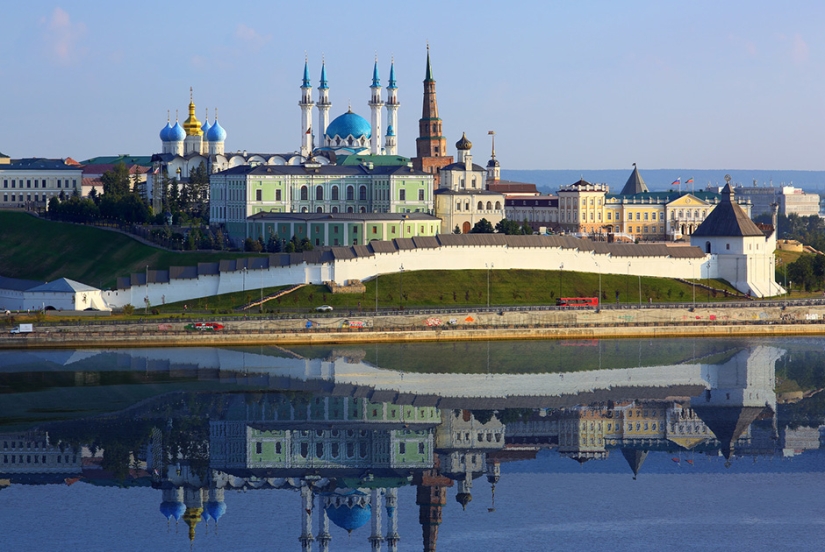
Historical and architectural complex "Kazan Kremlin"
The only Russian Kremlin, on the territory of which the church is adjacent to the mosque, is located in Kazan. It began to be built in the tenth century, and it acquired a more or less modern look only six centuries later. Today, the fortress, which has been considered the heritage of mankind since 2000, is the main attraction of the capital of Tatarstan and a favorite place for citizens to walk.
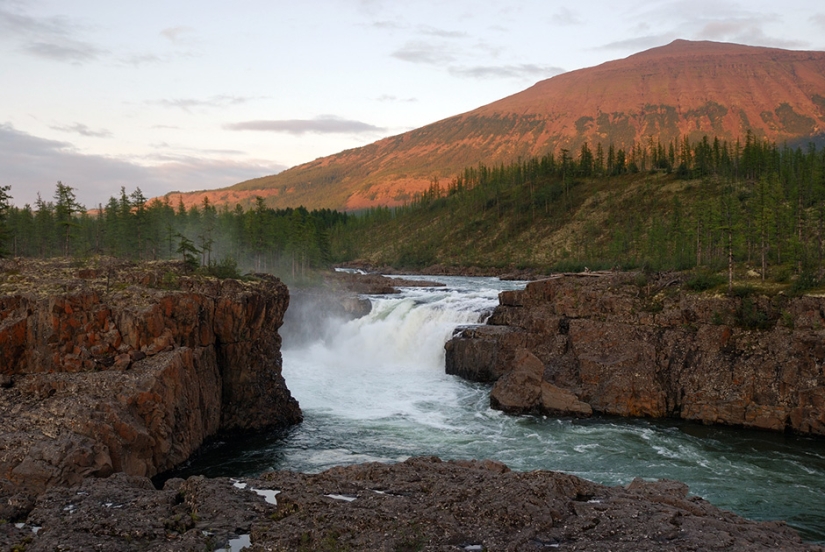
Putorana Plateau
About the Putorana plateau included in the World Heritage List in 2010 "Lenta.ru" has written more than once. The stunning nature reserve is located in the north of Central Siberia, 100 kilometers beyond the Arctic Circle. Here you can see untouched taiga, forest tundra and Arctic desert.
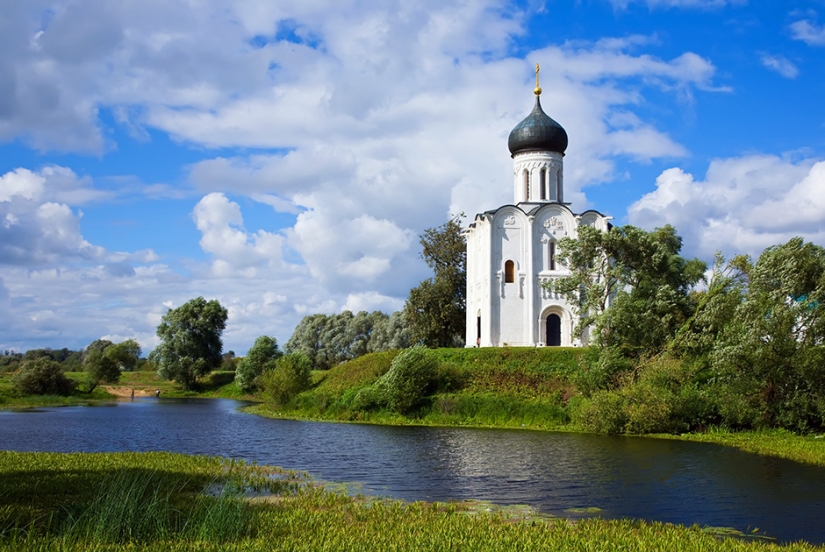
White stone monuments of Vladimir and Suzdal
In 1992, the white-stone monuments of Vladimir and Suzdal were recognized as World Heritage Sites. The cities located very close to each other are an ideal route for a weekend, diverse and tireless.
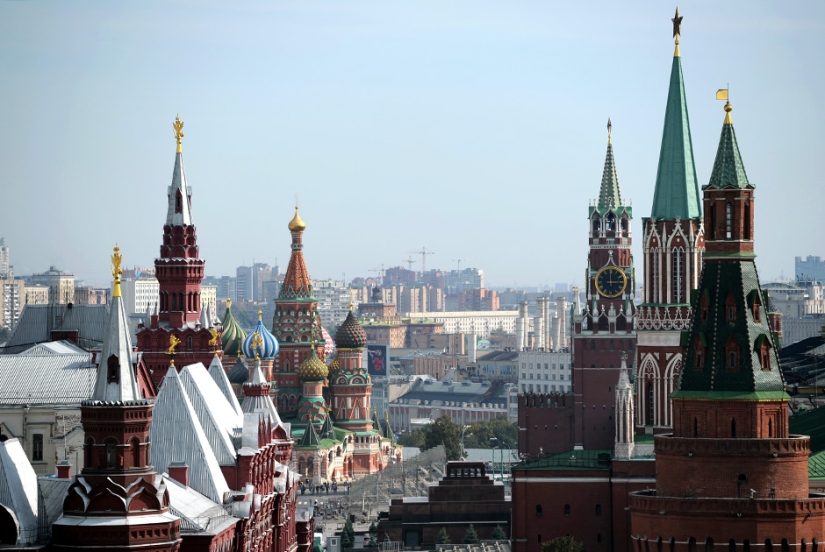
Moscow Kremlin and Red Square
In 1990, the main square of Russia (along with the Kremlin) was one of the first to be included in the list. In total, there are three UNESCO—designated attractions in Moscow - more than in any other region of the country.
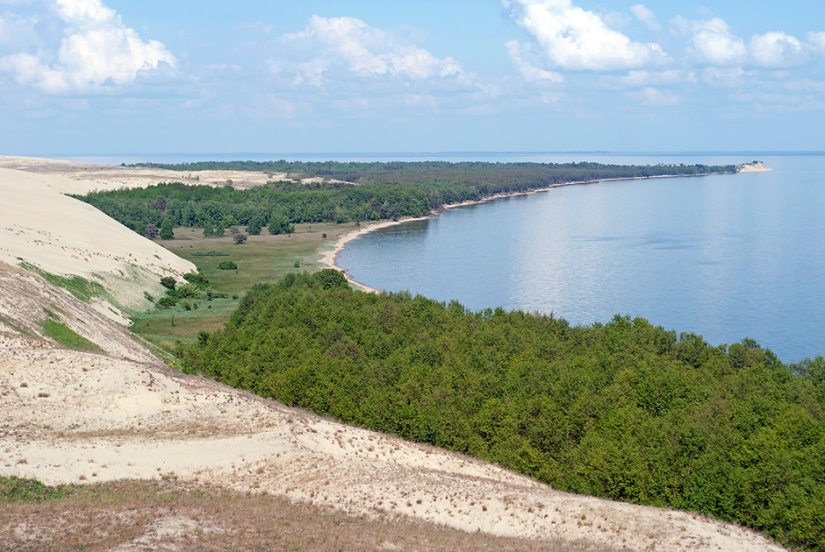
Curonian Spit
Partially located on the territory of Lithuania, the Curonian Spit is one of the main natural attractions of the Kaliningrad region. Its length is 98 kilometers, and its width ranges from 400 meters at the narrowest point to four kilometers at the widest. The spit was included in the UNESCO Heritage List in 2000.
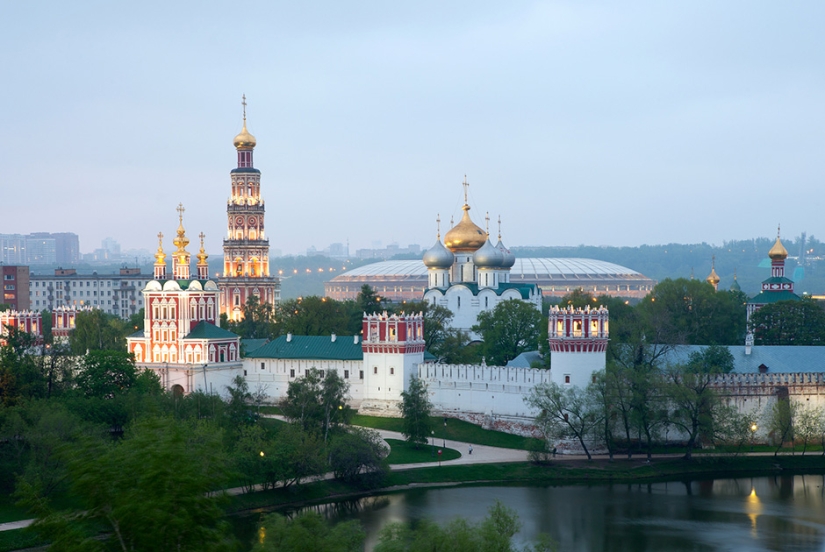
Novodevichy Monastery Ensemble
Another Moscow landmark — the Novodevichy Monastery — was created in the XVI—XVII centuries. The monastery is a prominent representative of the Moscow Baroque and is known for the fact that women from the royal family were tonsured as nuns here. The importance of the monastery for world culture was recognized in 2005.
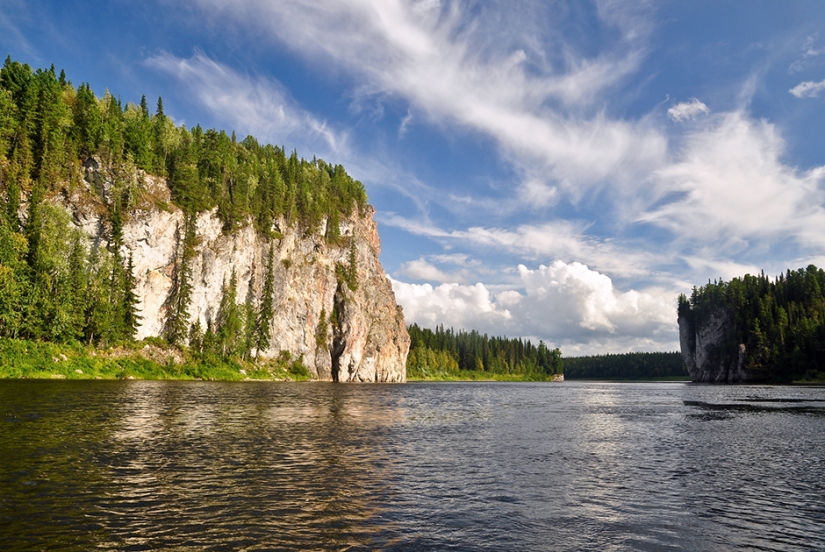
Virgin forests of Komi
The largest Russian attraction from the list covers an area of 3.28 million hectares, including flat tundra, mountain tundra of the Urals and one of the largest arrays of primary boreal forests. These territories have been protected by the state for the last 50 years, the forests were included in the UNESCO list in 1995.
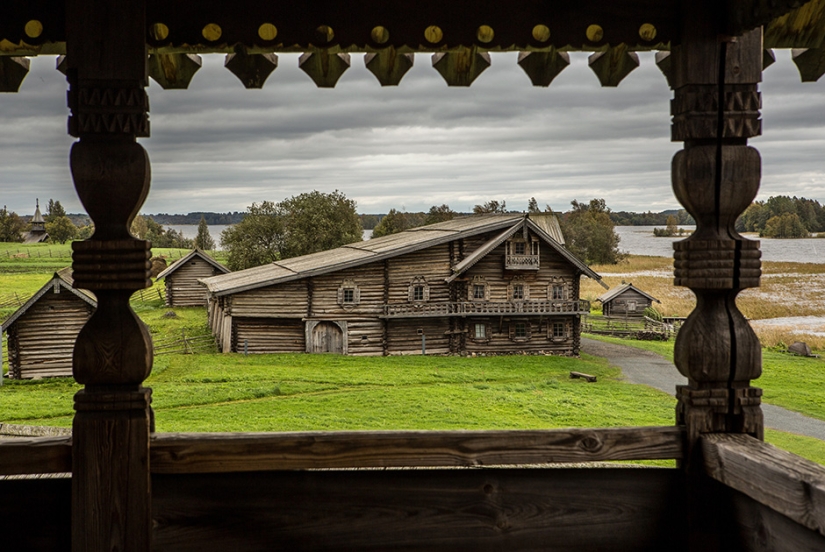
Architectural ensemble of the Kizhi Pogost
Many people go to Karelia for the sake of Kizhi and Solovkov. Both islands are included in the World Heritage List. Kizhi churchyard, a monument of wooden architecture, was included in the list in 1990.
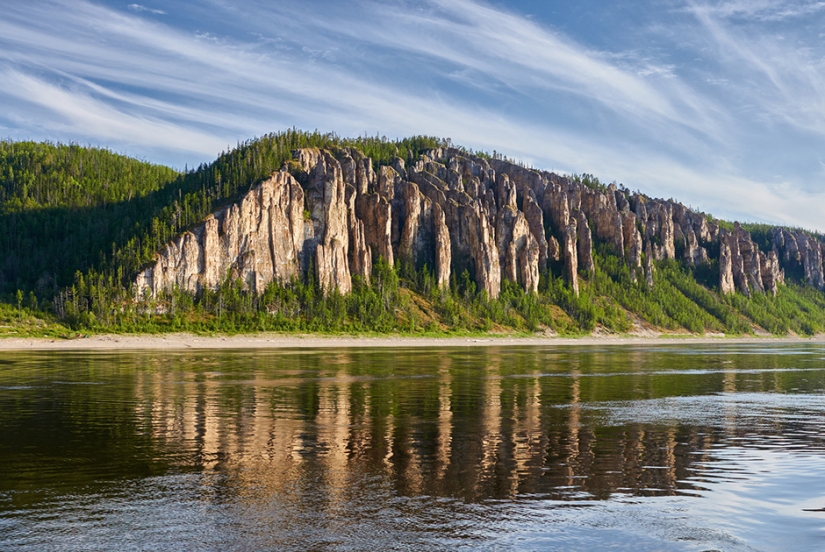
Lena pillars
Located in the largest region of the country — in Yakutia, the pillars are located almost 200 kilometers from the republican center. Excursions here are expensive, but those who have been to the pillars say that they do not regret the money spent at all. In 2012, UNESCO also noted the uniqueness of the natural monument.
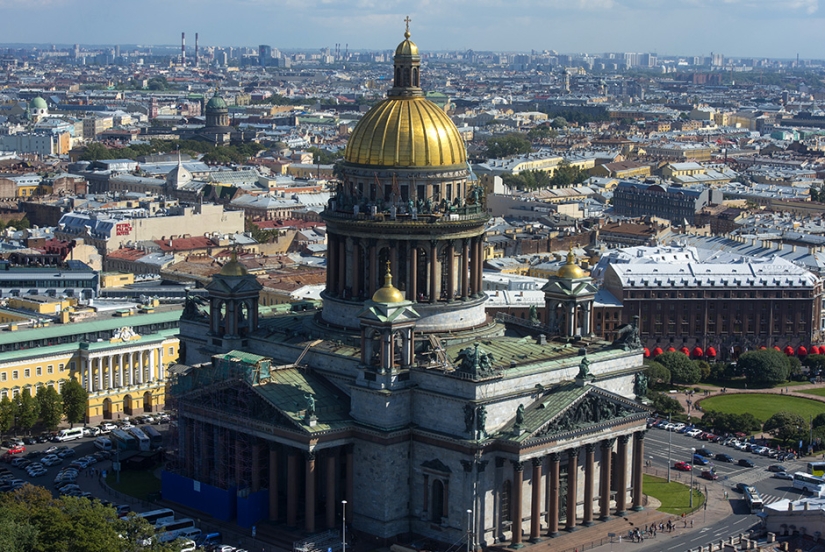
The historical center of St. Petersburg
One of the most famous not only in Russia, but also beyond its borders attractions — the center of St. Petersburg. "Venice of the North" with its canals and more than 400 bridges was included in the UNESCO list in 1990.
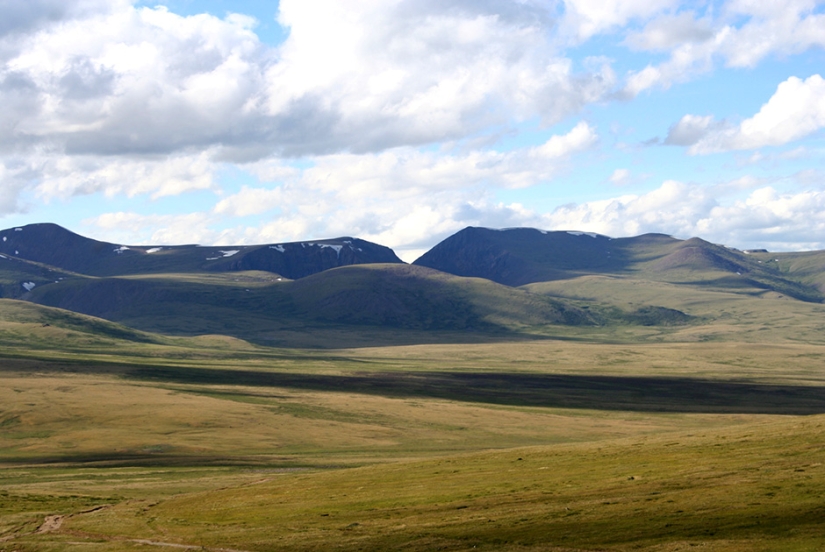
Ubsunur basin
Another attraction that Russia shares with other states (there are three of them in total). The Ubsunur basin, partially located on the territory of Mongolia, consists of 12 disparate sites united by a common name. A huge number of birds live in the local steppes, rare mammals are found in desert areas, and a snow leopard, listed in the Red Book, lives in the mountainous part. The basin was included in the UNESCO list in 2006.
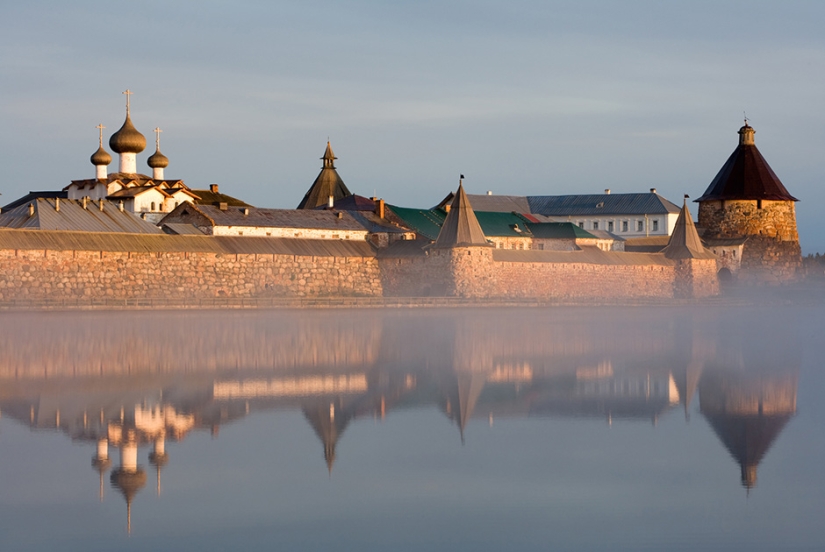
Cultural and historical ensemble "Solovetsky Islands"
The Solovetsky archipelago has six islands, and its total area is more than 300 square kilometers. Despite the fact that it is located on the territory of the Arkhangelsk region, most travelers sail here from Karelia — it's more convenient this way. The archipelago was included in the list in 1992.
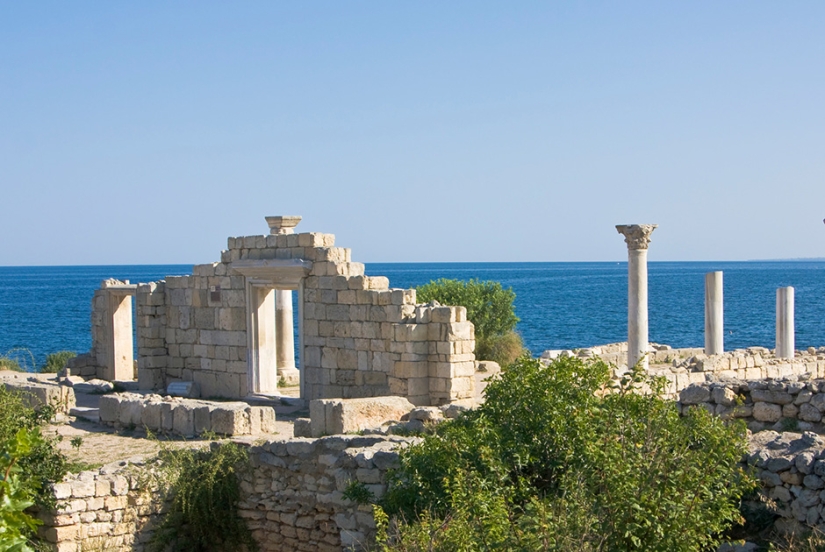
The ancient city of Tauric Chersonesos and its choir
Chersonesos is familiar to everyone who has rested in the Crimea at least once. The ruins of the ancient polis, which is now part of Sevastopol, were included in the UNESCO list in 2013.
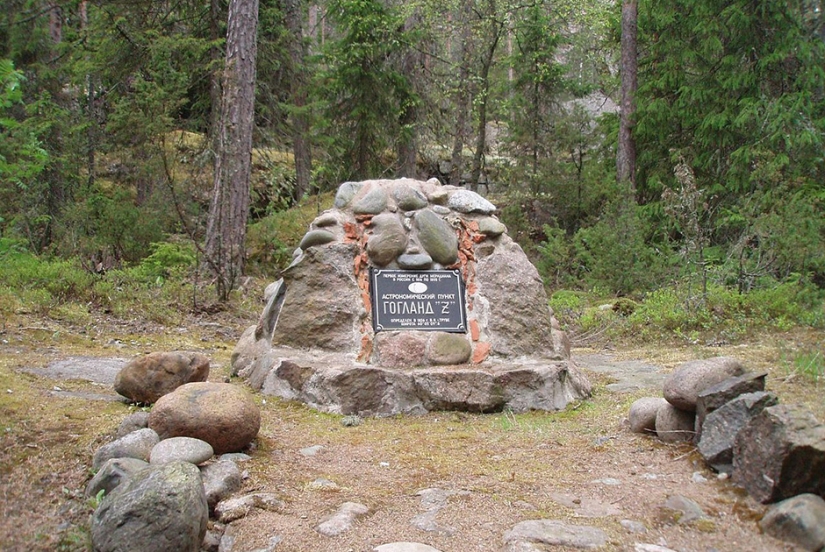
Struve Geodesic Arc
The Struve Arc is a chain of triangulation points stretching for almost three thousand kilometers across the territory of ten European countries from Hammerfest in Norway to the Black Sea. It appeared at the beginning of the XIX century and was used for the first reliable measurement of a large segment of the arc of the earth's meridian. It was created by the astronomer Friedrich Georg Wilhelm Struve, better known at that time under the name of Vasily Yakovlevich Struve. In 2005, the landmark was included in the UNESCO Heritage List.
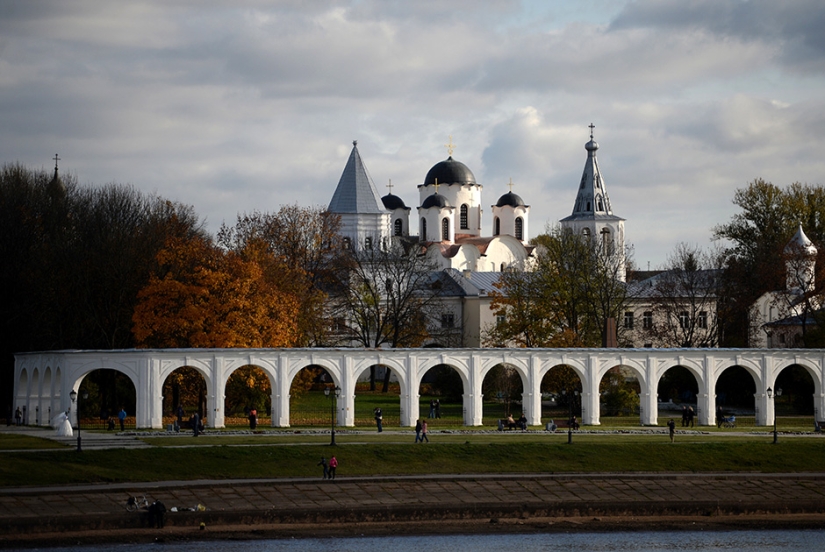
Historical monuments of Novgorod and the surrounding area
In the IX century Novgorod became the first capital of Russia. It is quite logical that it was included in the World Heritage List one of the first. UNESCO recognized it as the heritage of mankind already in 1992.
Keywords: Sights | Cultural heritage | Monuments | UNESCO
Post News ArticleRecent articles

Most of us think that the color of the eggshell does not play any role and it is possible not to pay attention. But it's not and ...

The more we rely on technology, the more potential power hackers gain over us. It doesn't matter if their goal is to help or cause ...
Related articles

We often see photos of popular architectural objects and other attractions from all over the world on the Internet. Usually all of ...

You have probably heard about how people threw objectionable monuments off their pedestals during the protests and riots that have ...

The custom of rubbing statues and monuments is known all over the world. At the same time, no one can say when it was born and what ...

Creating a good portrait is one of the most difficult tasks for any photographer. In order to make a really natural and memorable ...